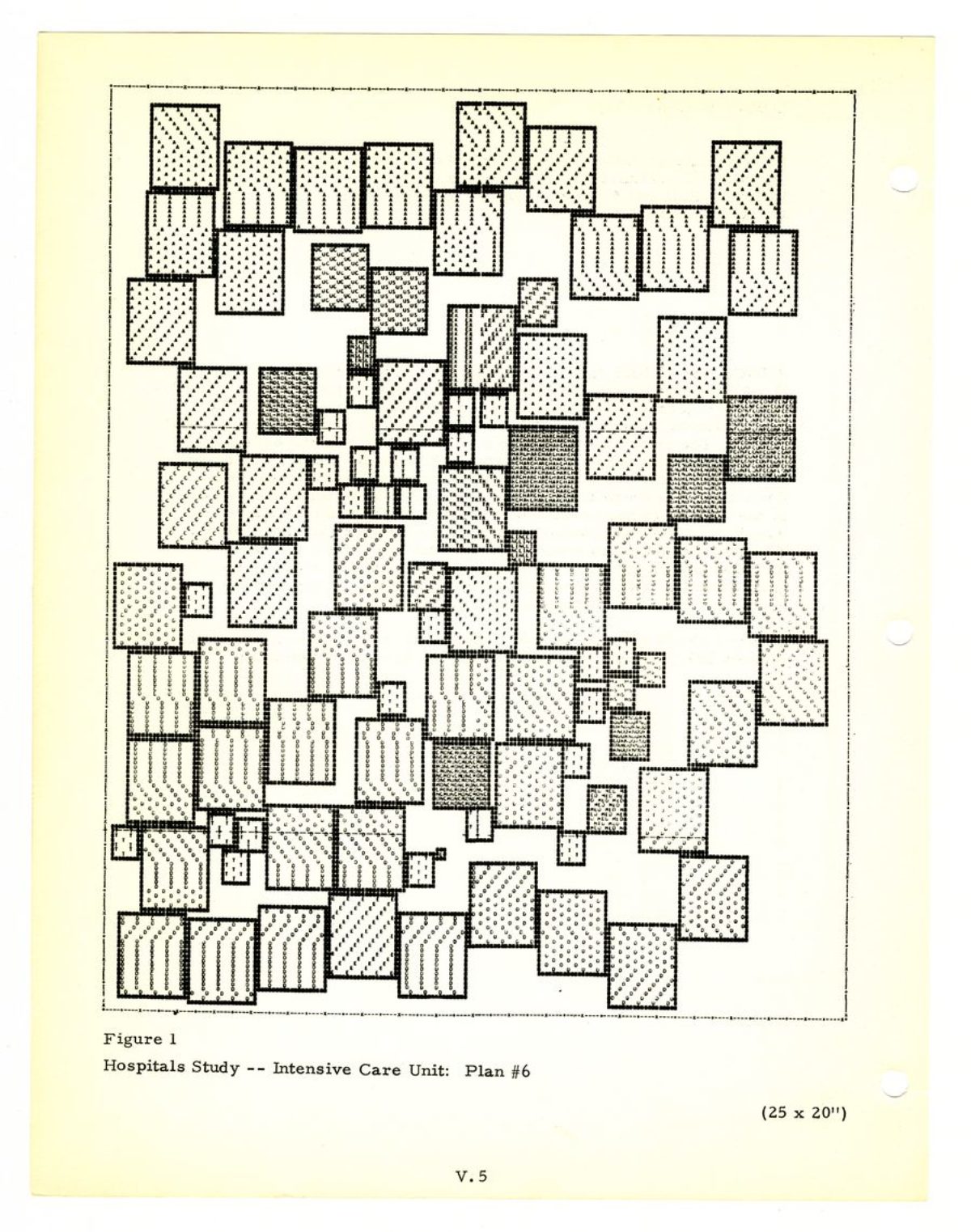Cambridge Talks: Other Histories of the Digital

Cambridge Talks 2019
The historical narrative of digital architecture that has developed in the past two decades has been narrow in scope. Accounts have often focused on North American and European architects using personal computers and modeling software in schools and offices. Other Histories of the Digital aims to expand the discussion. What stories and methods come to the fore as we look at computation as a phenomenon with global reach, and which implicates many media and diverse forms of labor?
April 1
PhD Colloquium
2:30 – 5:30, Stubbins Room 112
Presentations of research by PhD students at the Graduate School of Design.
– Brandon Finn
– Demetra Vogiatzaki
– Jacobé Huet
– Matthew Allen
Keynote Lecture: “The Augmented Architect”
6:30 – 8:00, Piper Auditorium
– Michael Osman (UCLA), author of Modernism’s Visible Hand: Architecture and Regulation in America
April 2
Symposium Presentations (Stubbins 112)
Panel 1: Media
11:00 – 12:30, Stubbins Room 112
– Olga Touloumi (Bard)
– Theodora Vardouli (McGill)
– John May (Harvard)
-respondent: Andrew Holder (Harvard)
Media techniques, media infrastructures, media regimes: the many overlapping valences of “media” has made the term a favorite among historians seeking to reframe their subjects. At the same time, digital architecture involves one of today’s most ubiquitous mediators: the interactive computer. This poses a wicked problem for historians: potential directions of investigation tend to spiral outward, from mines of rare earth metals and factories producing chips, to corporate offices and management techniques, to manufacturing processes and software ecologies — the list goes on. Within such assemblages, buildings and their architects might begin to disappear as insignificant parts. One thing is certain: history is written differently when it is written from the perspective of media. What should be included in media histories of the digital? And what are the methods to use?
Lunch
Panel 2: Labor
1:30 – 3:00, Stubbins Room 112
– Sean Keller (IIT)
– Andrew Witt (Harvard)
– Daniel Cardoso Llach (Carnegie Mellon)
– respondent: TBD
Computation has often been understood as a threat to architecture in a very concrete way: optimizing workflows threatens to make architects obsolete. This has not happened, yet, but digital architecture has employed new forms of labor and redistributed power across the professional landscape. Offices now employ so-called “CAD monkeys” and “digital savants,” and “draftsman” is an anachronistic job description. Hierarchies have not disappeared, and yet authority sometimes consolidates in the hands of whomever “owns” the BIM file. Slick renderings of alluring forms might be all the more effective at occluding abhorrent working conditions than were their hand-drafted equivalents. Historians face their own conundrums in sorting out these issues. How can historians give voice to the voiceless? Where do we find the evidence of practices and thoughts so common as to be left unrecorded?
Roundtable Discussion
3:30 – 5:00, Stubbins Room 112
– moderated by Antoine Picon (Harvard)
Cambridge Talks 2019 is generously supported by the History and Theory Platform and the Advanced Studies Program at the Harvard University Graduate School of Design. Organized by Matthew Allen, Phillip Denny, and Christina Shivers.
Harvard University welcomes individuals with disabilities to participate in its programs and activities. If you would like to request accommodations or have questions about the physical access provided, please contact the Public Programs Office at (617) 496-2414 or [email protected] in advance of your participation or visit. Requests for American Sign Language interpreters and/or CART providers should be made at least two weeks in advance. Please note that the University will make every effort to secure services, but that services are subject to availability.
#GSDEVENTS